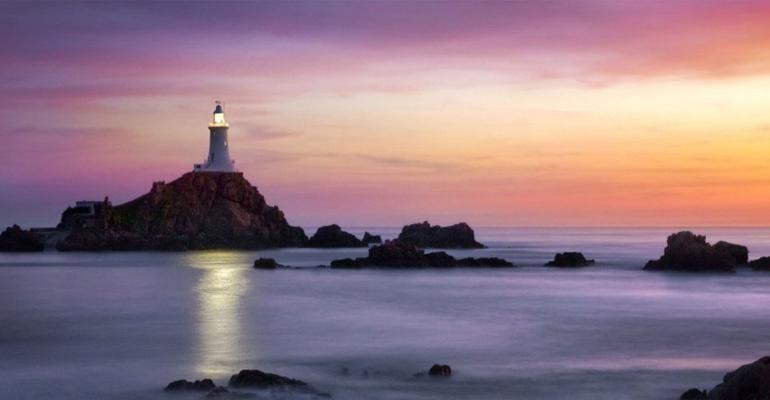At this year’s CrewConnect Global, we spoke to the leaders and stakeholders of this industry and found out about their views on the changes in the maritime industry and their impact on crewing and seafarers.
John Adams, Managing Director of Teekay Shipping and conference chairman, looks back to the past 20 years, and looks forward to take on the challenges of the next 20 years.
Watch the video now or read the transcript below.
Lili Nguyen: We've been running this event for 20 years, and in these 20 years, the industry has transformed massively. Was this transformation unexpected?
John Adams: When we first had this conference, it was actually in 1995. We didn’t have them each year, so it’s over 20 years. But ’95 was an extremely interesting year because that was the year the ’95 amendments [were added] to the 1978 STCW Convention.
That was very crucial in our industry, […] with a specific focus for the Philippine manning industry. There was a lot of talk then, in ’95, whether the Philippines would make it on to the so-called IMO white list. As I say, that’s 23 years ago and we’re still having these discussions today. It’s still a recurring theme for all the conferences we’ve had over those years.
Back then, we were also introducing what we call the ISM code (IMO International Safety Management Code), which was a new piece of legislation which, again, the industry was preparing for at that time. Nobody took it very much for granted.
The other thing that was going on then was who would pay for training? And that led to another thought. When I look back at it, I think it was a more reactive industry then with more of a supply-and-demand focus, and traditional in that sense. [It was] an industry preparing for progressive changes ahead. That’s what we’ve been facing over the last 20 years.
LN: What were the biggest challenges and the most exciting developments in the past 20 years?
JA: I think there’s a number of things. I think a lot of good things were done around STCW and a more serious approach to training. I would say that only a few things changed significantly over the last 20 years. One is that there’s a more professional training and development process in place, generally high standard across the industry.
One of the things that takes to my mind is the shared moments. In 2008, which you can take as a midpoint to these conferences, [despite] the financial downturn, […] most of the training commitment was maintained largely across the industry. Rather than what would have been a traditional financial knee-jerk reaction to cancel training courses… I feel that that was an indication of some sort of growing maturity in the industry.
Other things that have also developed in that time, which has been a key success, is greater focus on what we may call a human element or human factors: the recognition that safety is the number one priority, the focus on developing a safety culture, and making sure that we’re bringing our people home safely to their families and loved ones. There’s a whole part of the industry devoted to that.
That and, I must say, the fact that not just marine HR practitioners but technical departments, academics, trainers, researchers, and consultants have all raised the bar in people management and processes. Now, there’s a much more professional approach in the industry – that’s what I think has crucially changed.
There’s an evolving perceptiveness of our seafarers. Who have higher expectations not just to pay? They want to know what the environmental credentials are and how well we support the ships, and that’s just as it should be.
LN: What will be the key, monumental changes in the next 20 years?
JA: I think there’s a number of things. […] I’ve talked about STCW, and one thing that needs to happen is for the Philippines to become a non-issue. Not something that comes up every couple of years as an issue we have to deal with. It’s such a fundamental thing. And if we don’t get that out of the way, then we will not be able to progress other more important parts of the agenda.
And those things in the agenda, a lot of it will be down to […] digital disruption, digitisation… We have to really see what that really means. We had some discussions on it today, focused on how to prioritise that and draw up a strategy? How do you make sure you’re actually making a difference creating enhancements and making improvements? So there has to be a return on efficiency, as well as a return on investment.
Another couple of buzzwords you’ll hear is autonomous shipping. I think it’s probably a longer way off than some people would think. There will be phases of it as we automate more and more processes. Then, we have to think and really plan for what the impact of that will be on our seafarers, and the quality and quantity of seafarers that we will require going forward.

